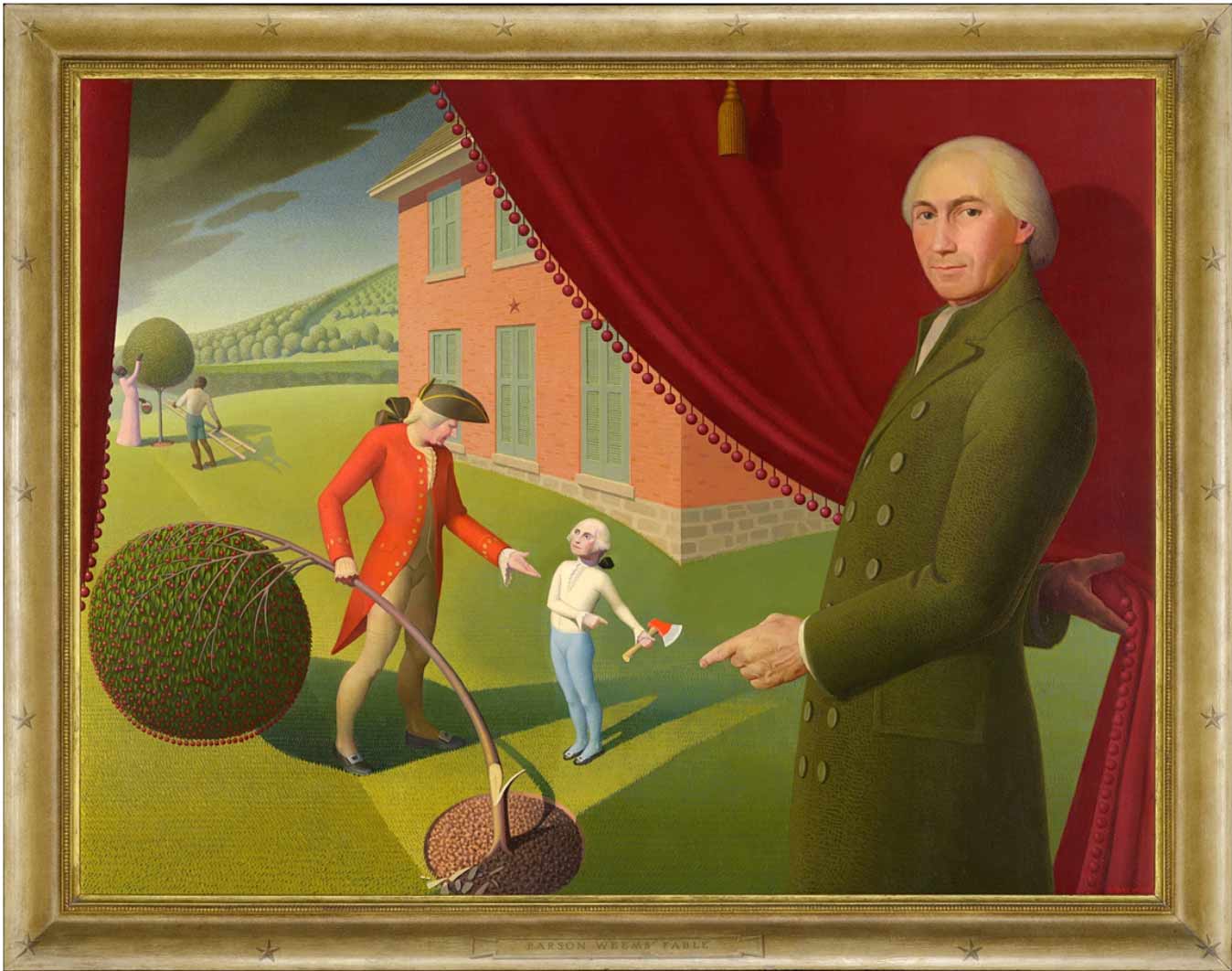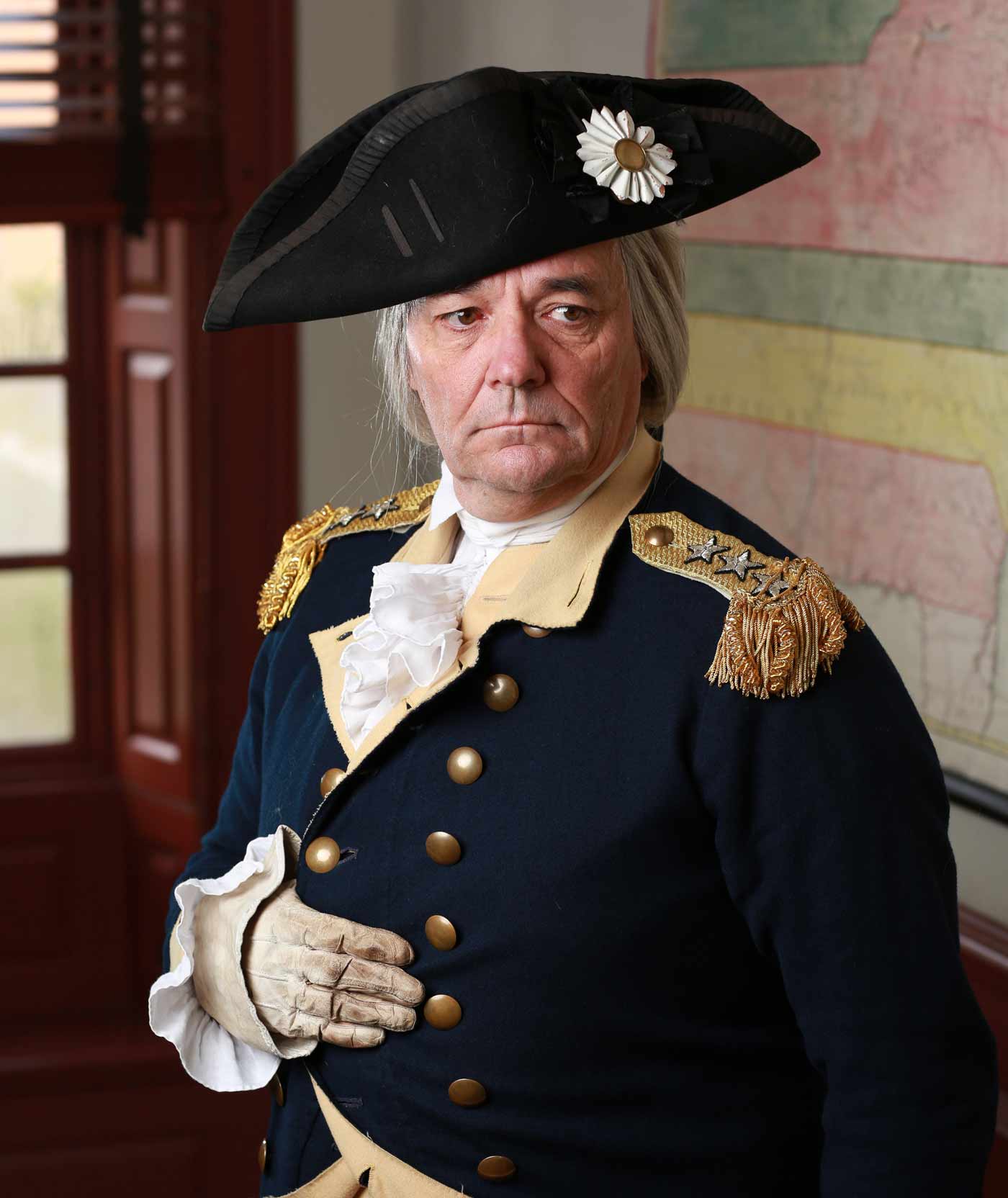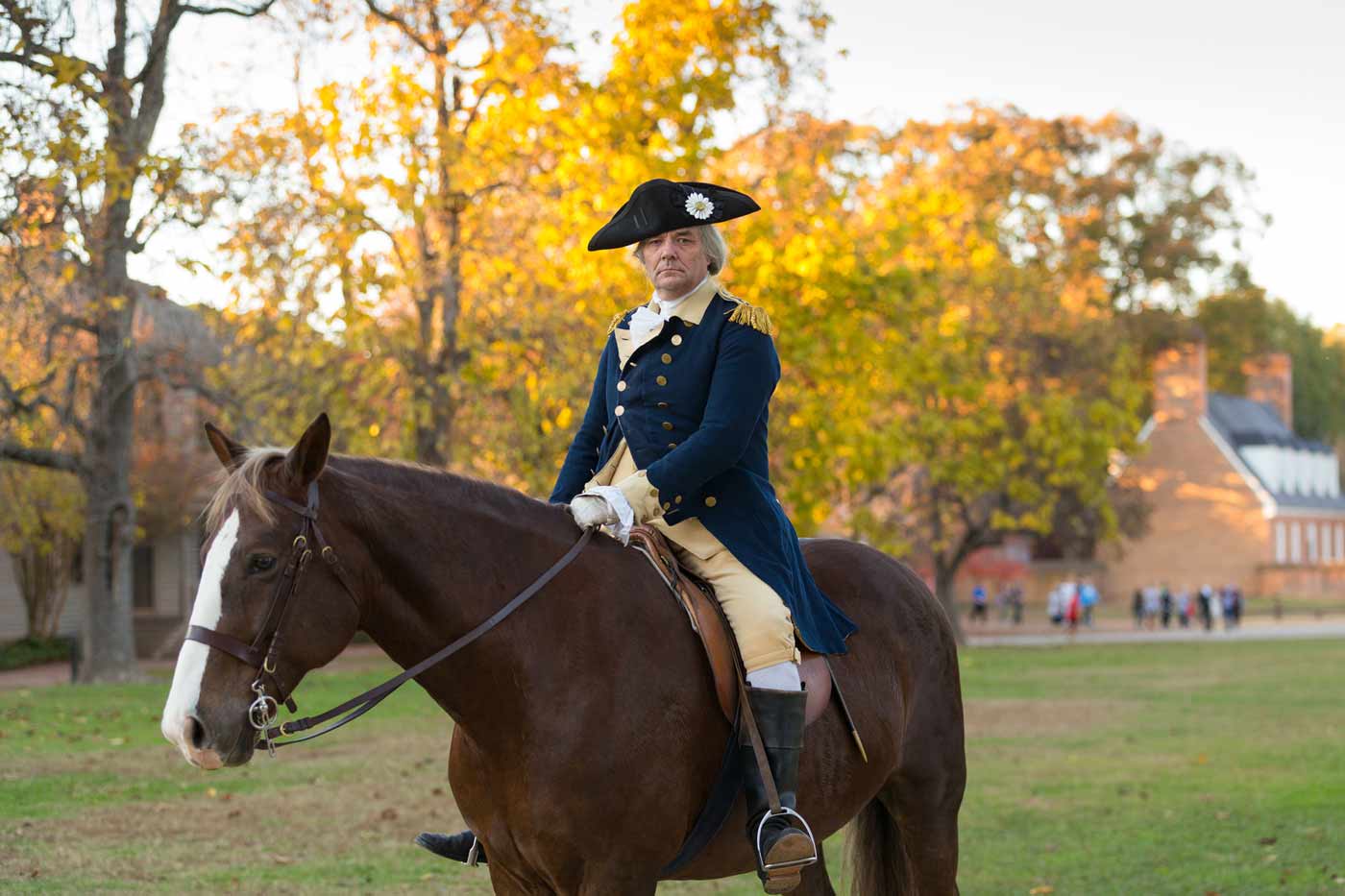Some commonly asked questions regarding George Washington

Did Washington really cut down the Cherry Tree?
This story is perhaps the most well-known myths of Washington. The famous story of Washington admitting to his father that he had in fact cut down the infamous cherry tree. Interestingly, this story first appears in 1806, in the fifth edition of Parson Mason Weems’s biography of George Washington.
The story is about the honesty of George Washington, even stating that George Washington couldn’t tell a lie. History proves that incorrect. On many occasions throughout two wars, Washington proved quite capable of lying to provide military advantage. Even before the French and Indian war he told his Indian allies that the French were coming to “Kill that Half-King” which he did not, by his own admission, believe. Later, in the American Revolution, he frequently used deception to purposely mislead the enemy.
Washington did consider honesty a valuable and necessary virtue which was recognized even by his opponents. After Washington’s death in 1799, Thomas Jefferson would say, "his integrity was most pure, his justice the most inflexible I have ever known, no motives of interest or consanguinity or friendship or hatred, being able to bias his decision. He was indeed in every sense of the words, a wise, a good, and a great man."
Did George Washington Throw a Dollar over the Potomac?
This story seems to originally come from Martha’s grandson, Washington Parke Custis and his memoirs. Though, in his account it is the Rappahannock river and not a silver dollar but rather a piece of slate.
The American silver dollar of course did not exist in Washington’s youth. A Spanish milled dollar or the Dutch or German Thalers (where the term “Dollar” derives from were all far too valuable to simply throw away.
Washington did have a strong throwing arm and, in his youth, practiced the common gentlemen’s pastime of throwing weights for distance. Even in his early forties he was still outdistancing younger men. Still, one wonders if this feat could this have been possible? In 1936 baseball hall of famer Walter Johnson, in celebration of Washington’s 204th birthday managed to throw a specially milled silver dollar over the 270-foot expanse of the river.
Did Washington Have Wooden Teeth?
Again, this is a myth. Truth is no one seems to know where it comes from.
Washington did have endless trouble with both his teeth and his dentures. By the time he became President only one of his natural teeth survived (and that one didn’t survive his two terms), but by all accounts, and by the example of his surviving dentures, they were made of human and animal teeth, or in one case carved from a calf’s jawbone.

Did Washington Run for The Office of President of the United States Unopposed?
No. Though many people assumed that George Washington would be elected, and many have argued both then as well as in the present, that the position was created specifically with Washington in mind. The confusion comes from the fact that George Washington was elected unanimously. This does not mean unopposed, however.
By the original process, laid out in the Constitution if the United States, all members of the electoral college received two votes, one that must be used for a candidate from a different state then their own. The candidate who received the most votes would become the President and the second highest would become Vice-President.
George Washington, John Adams, John Jay, John Rutledge, John Hancock, Samuel Huntington, and Henry Knox were all candidates and the precedence of the list is the order they finished. Washington had a unanimous vote, meaning all 69 electors cast one vote for him. Adams was second with 34.
What about George Washington’s Wig?
George Washington never actually wore a wig. Commonly he simply pulled his hair back into a queue or ponytail which he would let hang freely or sometime place into a hair bag. He would on occasion powder his hair to give it the more formal white look, though eventually his natural red or light brown colored hair whitened on its own.
Washington’s fame and accomplishments led to him become an important symbol of the nation even before his passing in 1799. The country would end up trying to elevate him to the position of demi-god forgetting that he was just a man. His image was carved as a Roman god and he is shown being lifted into heaven by angels in the ceiling of the Capitol dome. Unfortunately, these attitudes have cause us to forget that George Washington was a mortal man, with many of the same cares, concerns and challenges faced by any of us. Like us, he had to make the best choices he could before an uncertain future.
In the Nation Builders Department of the Colonial Williamsburg Foundation, we try to bring these human stories to light. Please join us to learn more about George Washington and many other men and women who all played their part in our “enduring story”.
Sources
Custis, George Washington Parke, Recollections and Memoirs of Washington. Bridgewater: American Foundation Publications, 1999.
Homren, Wayne Ed. "Article 22: Throwing Your Money Away.” The E-Sylum: Volume 8, Number 11. March 13, 2005. https://www.coinbooks.org/esylum_v08n11a22.html
Rediscovering George Washington, Directed by Michael Pack. Chevy Chase: Manifold Productions, 2002.
Weems, Mason Locke. A History of the Life and Death, Virtues and Exploits of General George Washington. 5th Edition. Boston: Harvard University Press: 1962
Ron Carnegie has worked for Colonial Williamsburg for almost 25 years. He has been involved in many different aspects of Colonial Williamsburg’s various activities, most recently portraying George Washington.
